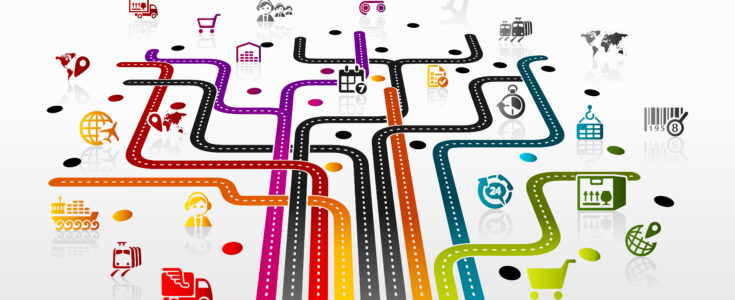

Until recently, the Internet of Things (IoT) was just an idea that a lot of people in the tech world talked about, but that the everyday person didn’t know or care much about. It really wasn’t until the complete takeover of the smartphone did dreams of connecting everyday items to the Internet become a very real possibility. The sheer number of connections that are able to be made is increasing every day, and has fundamentally changed the market in major ways. Because new technologies are appearing every few months or weeks now as opposed to every few years, it is important that developers and engineers be able to move just as fast. By using agile methodologies, firms are now better positioned to react to innovations coming down the pipeline.
With IoT creeping into the mainstream consciousness, consumers are starting to expect more and more from technology companies. Because the smartphone was the entryway for most people to a connected world, they are expecting that other connected devices are going to deliver the same Quality of Experience (QoE) and integrate right into whichever handheld device they use. This poses a challenge to most companies because of the extremely high speed the entire market is moving at. Not only are consumers and enterprises expecting more iterations of products at a rapid rate, they are also expecting the rate of innovation itself to be constantly increasing. The old-world concept of “build it and forget it” has long passed, and the new age of “build it and continually improve it” has officially arrived.
The agile methodology is well suited to dealing with the demands from the consumer and from this new interconnected environment. Agile calls for frequent updates to software so that it is constantly up-to-date with the latest technology. The continual updates keep the consumer happy by always keeping the software fresh, and they keep the developers happy because they are able to more easily manage their development schedule.
What we have seen in the past with traditional development is that engineers and developers worked in silos with different teams, focusing on very specific products or functions. With IoT becoming the new norm, the practice of siloing teams or functions is no longer feasible due to the highly complicated and interdisciplinary nature of the work with IoT. The agile methodology calls for the breaking down of walls between teams to allow them to work together in a more collaborative fashion. Because the methodology focuses on rapid development, developers are able to address bugs in the code and write new code that has already been tested — and do so more quickly than ever before.
In the next few years — and maybe even months — we can expect that the transition to the Internet of Things will continue to speed up. Companies should look to implement agile methodologies into teams companywide in order to fully take advantage of what it has to offer. Maybe in a few months we will be talking about a new method that goes beyond what we use today, but that is no excuse to get left behind now.
To learn more about how Apexon works with the agile methodology. To learn about our work with IoT and wearables, click here.
This time last year, US companies were forced to face a new and unsettling reality: business as usual was no longer an option. I wrote then about how businesses could shift their...
One of the most exciting areas in tech right now promises to be “the most personal” ever. A key aspect of making wearable devices like the Apple Watch personal is through...
Here is a thought: With the UK General Election having just finished, could the next one in 2020 be the first to use a mobile app to allow people to vote? The polling...